12th Generation Intel Core Processor Power Requirements, Thermal Operations, Stamping, and More
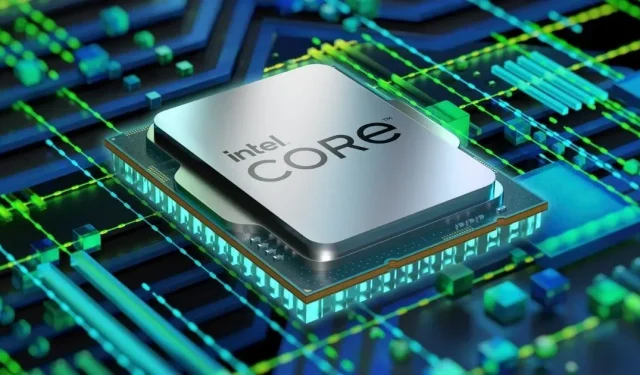
Intel recently introduced its latest 12th generation Intel Core processor. MSI, the Taiwanese PC components giant, has shared plenty of details about the new Intel processors, the latest DDR5 memory, and the Z690 product line. Information on dies, power requirements, thermals, and cooling configurations has been disclosed by MSI. This data may be useful for PC enthusiasts.
Dies and hotspots on new Intel chips
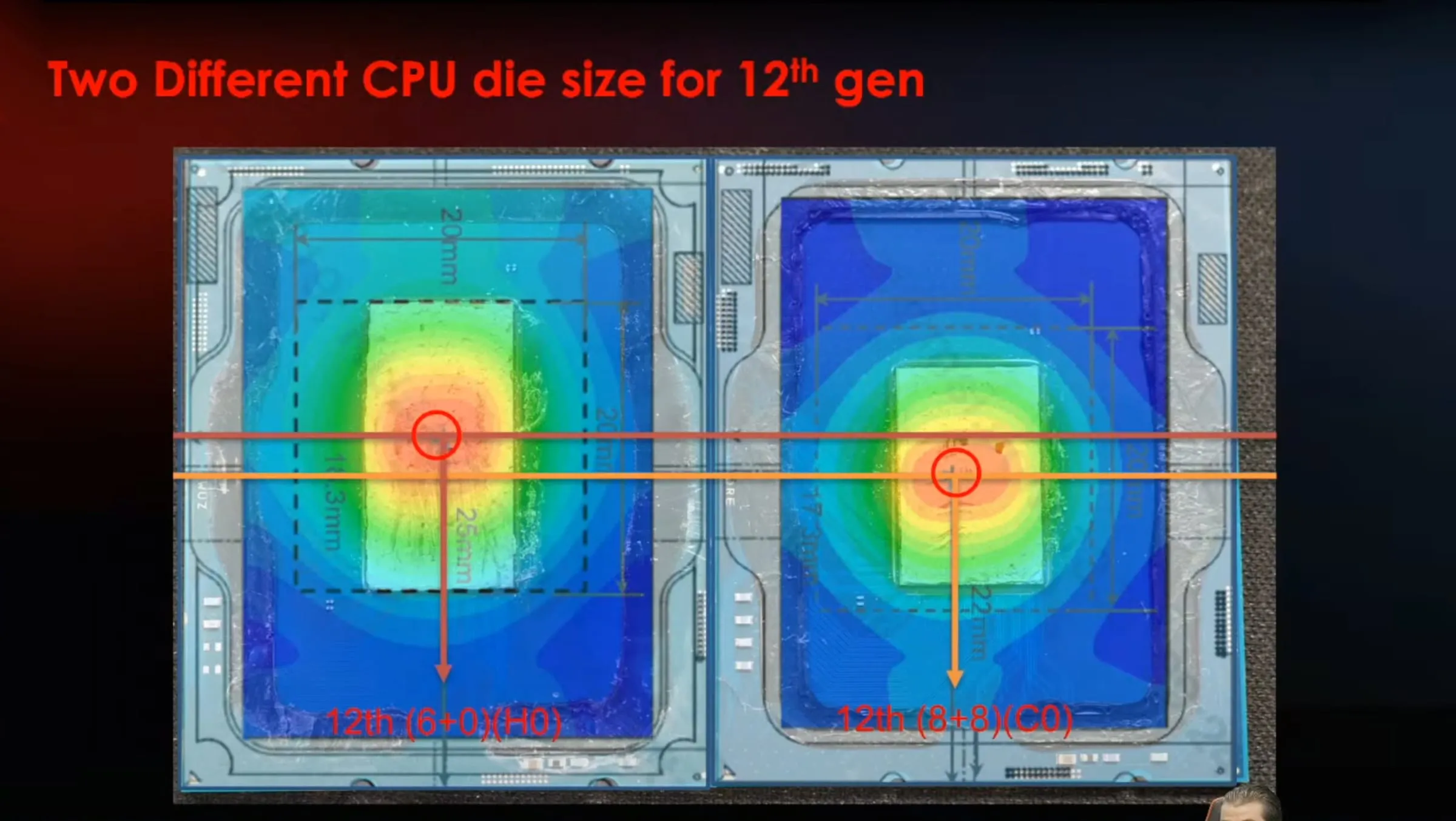
12th Generation Intel Core Processor Hotspots
The new 12th generation Intel Core processors feature C0 and H0 dies with a surface area of 215.25mm2 and 162.75mm2, respectively. In a soldered design, the new processors use a Tin TIM material between the die and the onboard heat spreader. MSI stated that the dies have different access points due to the difference in core configuration. On the C0 crystal, the hot spot is closer to the center, and on the H0 crystal it is a little closer to the left side. MSI has offered copper-based heatsinks instead of aluminum for the new processors.
Intel Offers DDR5 Support, Brings New Challenges
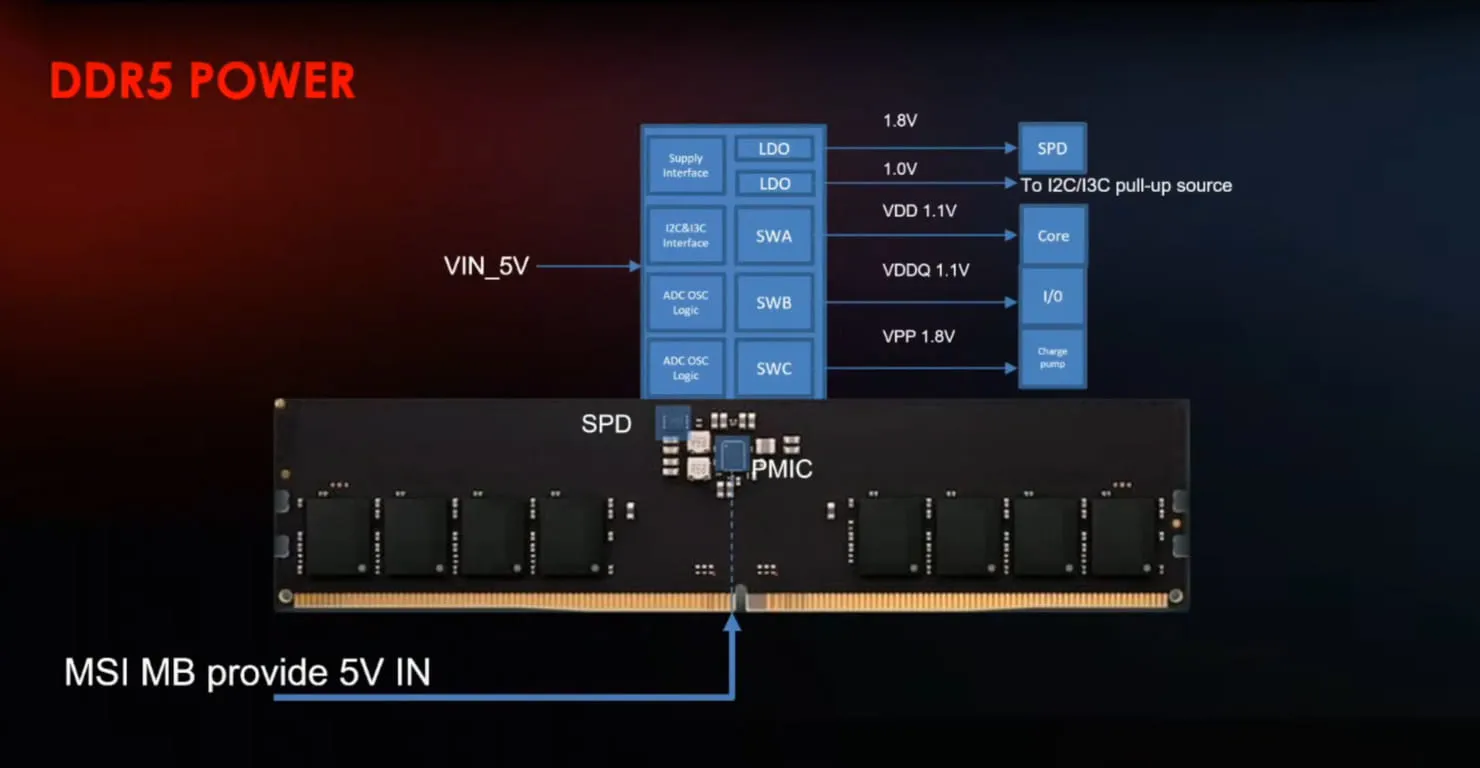
New PMIC energy delivery process could pose new challenges
The new 12th generation Intel Core processors support DDR5 memory, offering faster transfer rates, larger capacity, power management IC and other improvements. MSI has testified that while power management ICs reduce requirements and increase efficiency, ICs do get hot, especially inductors. The new motherboards will offer three DDR5 power modes, and with DDR5 the power supply is no longer provided by the motherboard directly, but by a power management chip. Power is now supplied from the PSU to the PMIC at 5V. So keeping the power supply stable is critical or problems can arise, so PSU manufacturers now have to take care of this stable 5V supply.
When will DDR5 memory become cheaper?
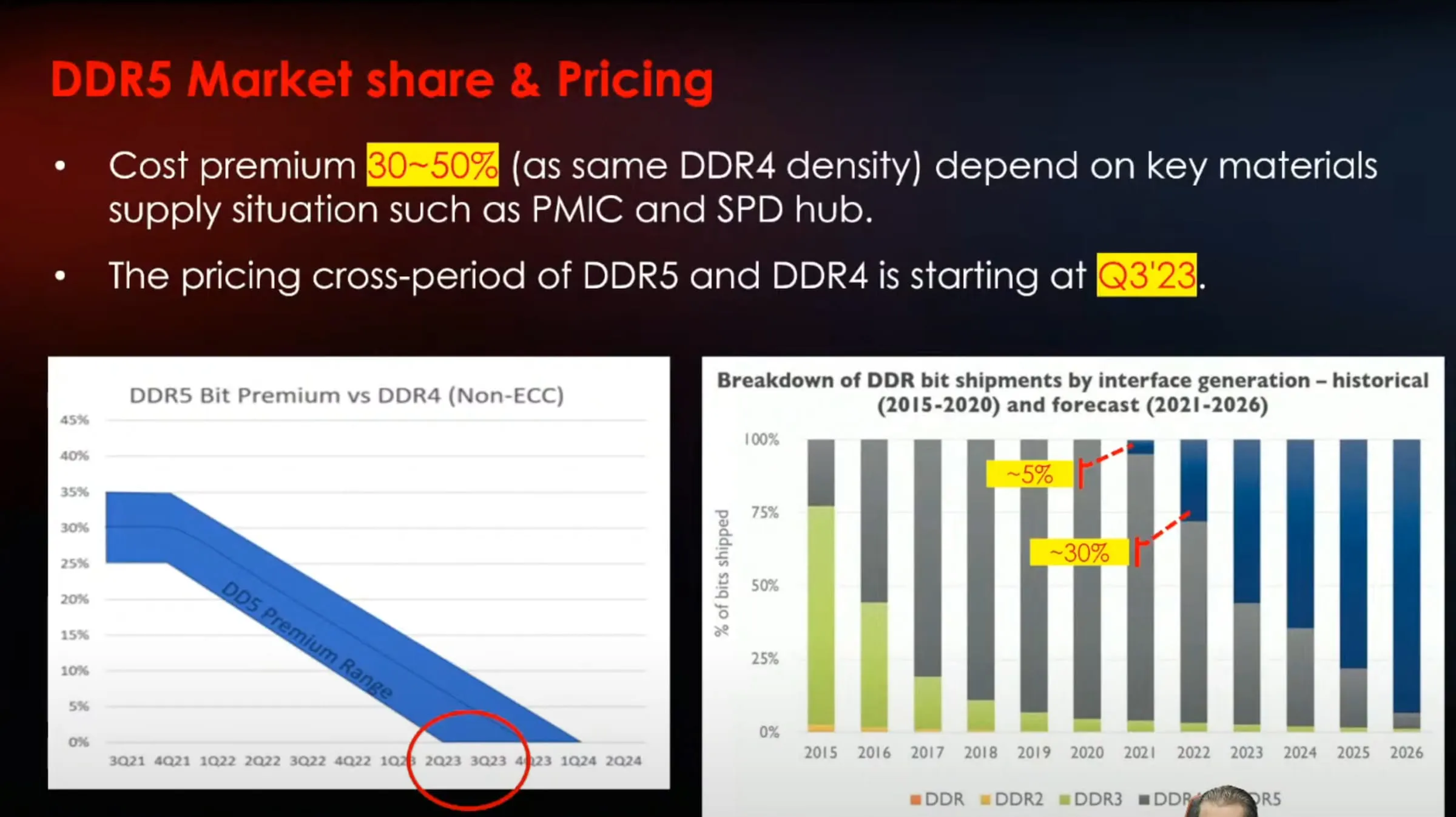
DDR5 memory may become cheaper in almost a year and a half
DDR5 is currently 30-50% more expensive than DDR4 memory, and MSI predicts that prices will drop to DDR4 levels around mid-2023.
New PCIe 5.0 AIC Card
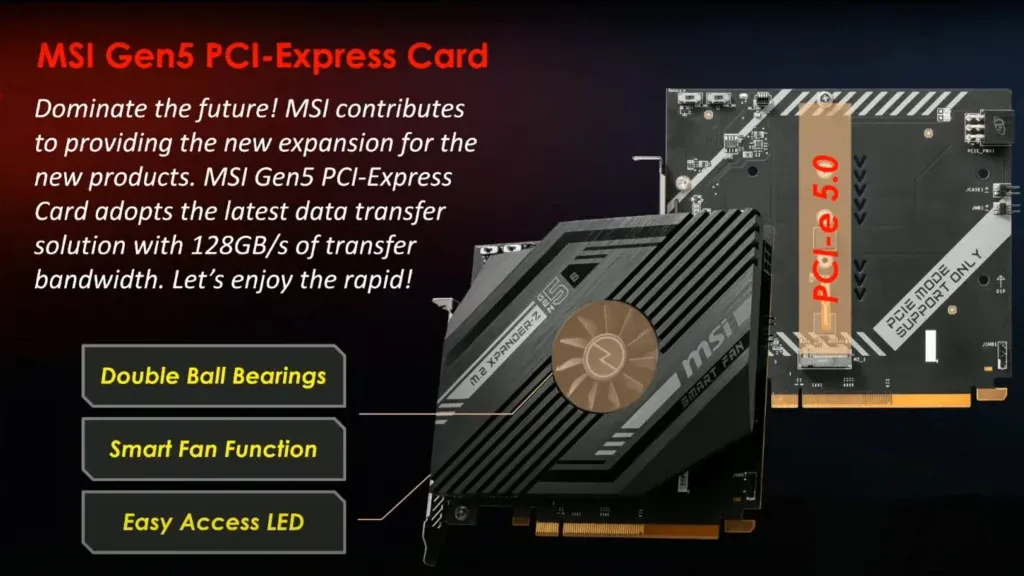
MSI also introduced its new PCIe 5.0 AIC card for next-generation M.2 SSDs. The new AIC M.2 XPANDER-Z Gen 5 card will have one PCIe 5.0 slot and support M.2 SSD. It will offer data transfer speeds up to 128GB/s.
Leave a Reply